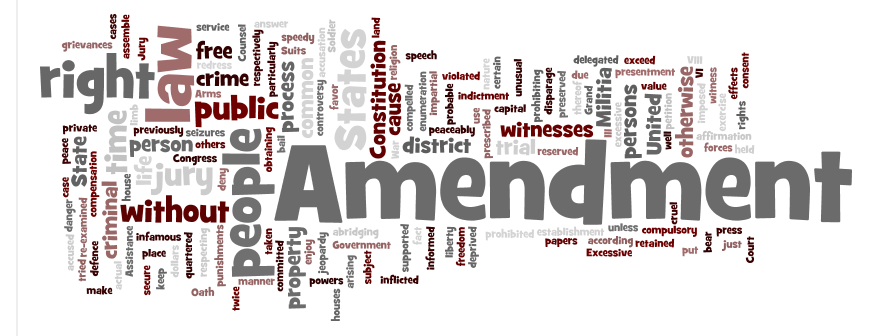by Michèle Finck
In studies of constitutional law in general and constitutional change in particular, the focus often lies on the national level. With the exception of a number of decentralized States, constitutions are national documents, sometimes even playing a unifying role in otherwise diverse countries. Constitutions being national documents, the assumption that constitutional change is a centralized process comes naturally. A number of processes that lead to constitutional change indeed occur on a national scale, such as debates in the context of a national convention or a decision of a national constitutional court.
The above-mentioned processes are visible and explicit instances of constitutional change. Constitutional change however constitutes a complex process that does not occur in a vacuum but rather emerges as a result of the interaction of manifold dynamics taking place at various scales. In my research, I frame it as a ‘polycentric’ process as its inherent forces originate at a variety of centers of public authority. Bearing this in mind, the importance of the local and regional levels of public authority should not be dismissed out of hand in examinations of constitutional change. Indeed often the desire and need for modifications of constitutional arrangements become apparent on the sub-national scale before they gradually transcend to the ‘higher’ levels of government. As no national consensus is necessary to this effect, measures that go into the direction of the desired change can frequently be realized on smaller scales.
Let me take a contemporary example to illustrate my point. Gay rights are doubtlessly an area in which change – also of a constitutional nature – can currently be observed across borders as an ever-increasing number of States legalize same-sex marriage and adoption. Even though such change ultimately materializes on a national scale, the assumption that other scales are irrelevant in this regard would be erroneous. This can be illustrated by briefly venturing into the evolution of the rights of lesbians and gays in the US where, as in many other places across the world, social and legal perceptions of homosexuality are undergoing a process of modification. The most vivid expression thereof probably is – until now at least – U.S. v. Windsor (2013). In this case, the Supreme Court held that a federal law that defines that the terms ‘marriage’ and ‘spouse’ apply only to heterosexual unions violates the American constitution. Constitutional change in fact does not merely consist in revisions or amendments of the constitutional text but also changed interpretations thereof. With the Windsor decision, the federal Supreme Court certainly took a decisive step in achieving constitutional change in the domain of gay rights. This change, I have argued, could not have occurred without pressure for the law to evolve into this direction being demonstrated at the State, but also at the local level. The role of the States is obvious. For one it is well known that a continuously increasing number of States have joined the marriage equality movement. Further, Windsor could not have arrived on the Court’s docket had New York not proceeded to legally recognize same-sex unions. The importance of the sub-national scale however goes further as also the local level, that is to say those scales of public authority below the State level such as cities or counties have played a fundamentally important yet less visible function in this respect.
Some may remember San Francisco’s bold move in 2004 to marry same-sex couples despite such unions not being legal at federal level nor in California. This provocative action was copied by a number of localities in the following weeks and months. The respective marriages were unsurprisingly declared invalid. Nonetheless, they created both political pressure and litigation, each of which in some instances indirectly let to legal and constitutional change. Beyond this rather well known example, a large number of localities have over the past decades taken a proactive gay rights approach in enacting anti-discrimination ordinances, providing benefits to the same-sex partners of their employees, or creating – largely symbolic – symbolic partnerships. One may speculate about whether these initiatives in themselves changed homosexuals’ lives for the better. The crucial point is that notwithstanding they have contributed to a progressive dynamic, which led to the realization of gay rights at State and ultimately federal level. Local measures have often forced executive, legislative and judicial branches at State and federal level to take position on the issue and act accordingly. Sometimes, this resulted in backlash. Other times, it enhanced the protection of lesbians and gays’ status under the law. Local actions put the desire and need for change on the agenda and signaled that time was ripe for it to materialize on a large scale. In my research, I argue that in some instances at least, local calls for change are indeed of a performative nature, and this despite the fact that localities are for instance not competent to act in matters such as family law.
The gay rights example is but one among many and the purpose of this blog post did not so much consist in drawing attention to what has happened in this domain but rather to make the point that when we study constitutional change, as this research group has set out to do, we should not limit ourselves to analyzing merely explicit expressions thereof. Constitutional change is complex. Change does not occur in a vacuum but is inherently polycentric in nature. As such, it can oftentimes be better understood if this reality is accounted for.
